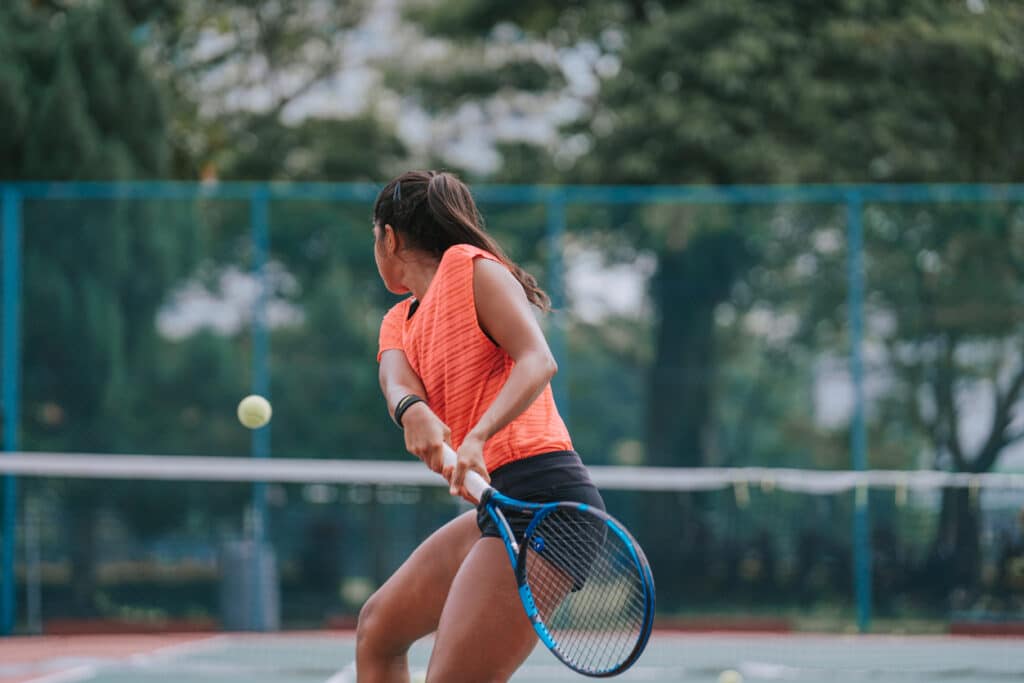
Tennis elbow, also known as lateral epicondylitis, is a medical condition that causes pain and tenderness on the outer part of your elbow. This injury is often caused by overuse of the forearm muscles and tendons that control the movement of your wrist and fingers. People who play racquet sports, golfers, and manual laborers are at a higher risk of developing tennis elbow symptoms. Usually, the pain is triggered by certain activities that involve gripping and twisting motions of the arm. However, many people wonder whether tennis elbow hurts when resting. In this blog post, we’ll discuss the role of rest in the recovery of tennis elbow and the benefits of chiropractic care and physiotherapy.
The answer to the question of whether tennis elbow hurts when resting is: Yes, it does. Resting the affected area is necessary for the healing process, but it doesn’t mean that the pain will automatically go away. The pain might persist when you’re taking a break from the activity that caused your injury. In fact, it’s common for people with tennis elbow to experience pain, even when they’re sleeping at night. Resting the affected arm and avoiding activities that can cause pain is essential to prevent further damage and allow your body to heal.
Chiropractic care is a recommended method for pain management and rehabilitation of tennis elbow. Chiropractors can use different techniques and tools to reduce pain and inflammation, such as manipulative therapy, massage therapy, and ultrasound therapy. For instance, manipulative therapy can help restore the joint’s range of motion and reduce pain caused by the misalignment of nearby structures. Ultrasound therapy is useful for promoting tissue healing by stimulating blood flow and reducing swelling. A chiropractor can develop a customized treatment plan that suits your unique needs and health status.
Physiotherapy is another approach that can help alleviate the symptoms of tennis elbow. A physiotherapist can evaluate your condition and design an exercise program that targets the affected muscles and tendons. Strengthening and stretching exercises are essential for restoring the proper function and flexibility of the tendons. Additionally, physiotherapy can improve your posture and teach you how to perform the activities that cause your injury with better form. A physiotherapist can also provide manual therapy techniques, such as mobilization and stretching, that can help reduce pain and restore the joint’s mobility.
In addition to chiropractic and physiotherapy, other strategies can help you manage the pain of tennis elbow. Applying ice packs or heat can help relieve pain and reduce inflammation. Over-the-counter pain relievers, such as ibuprofen or aspirin, can also help you manage the pain. Resting your arm and avoiding overuse are crucial to ensure proper healing and avoid recurrent injuries.
Tennis elbow can be a challenging condition to deal with, as it can cause pain even when you’re resting. However, rest is essential for the healing process, and you should avoid activities that can cause pain or discomfort. Chiropractic care and physiotherapy are two effective approaches that can help relieve the symptoms of tennis elbow and promote healing. A chiropractor or physiotherapist can develop a treatment plan that suits your needs and health status, and help you manage the pain and discomfort. With the right care and self-care strategies, you can recover from tennis elbow and prevent recurring injuries.
If you have any questions or would like to explore further, please book a free, no-charge online appointment with either myself, Dr. Tyler Baron, BASc, DC or another Kitchener chiropractor at CARESPACE. We are happy to listen and are here to help!

